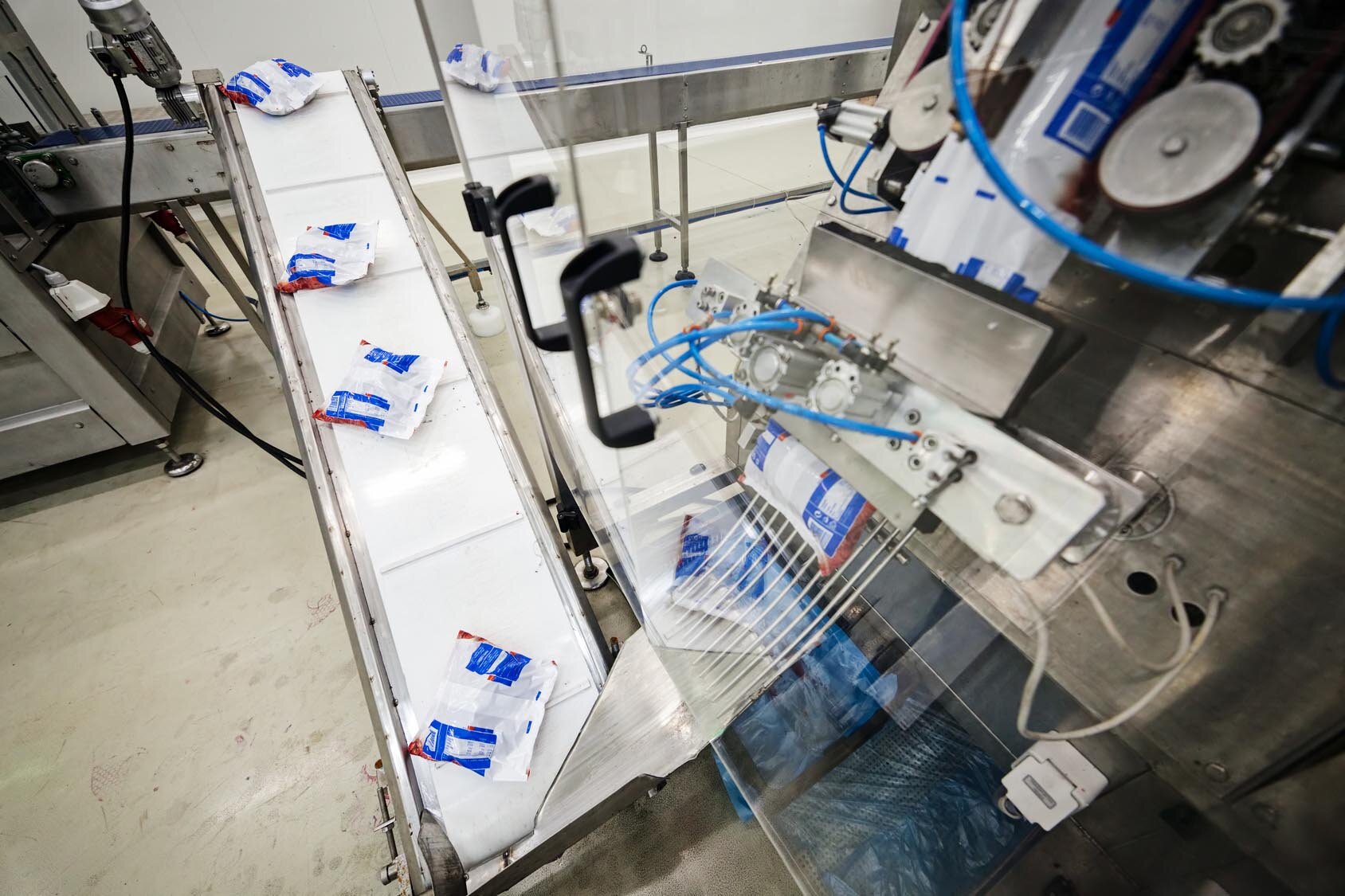Resistance Wire Heating
Resistance wire heating elements are based on traditional wire heating technology and come in a variety of shapes. For all wire heating elements, a special metal wire serves as heat source. The heating conductor heats up due to its electrical resistance when being supplied with current. When designing a resistance wire heater, the heating conductor’s alloy and shape are most important next to the power output. Therefore, a selection of round and flat wires of various alloys and cross-sections is available. The selected heating conductor usually becomes a winding part on insulation material, such as ceramic or Micanite, or a spiral for tubular heating elements and heating cartridges. Open or etched heating elements are also possible.
Ohm’s Law
The heat output of a wire heating element is calculated with the help of Ohm's law: P = U²/R. In the formula, P stands for the electrical power measured in watts, U for the supply voltage measured in volts, and R for the electrical resistance of the heating element measured in ohms. The graph shows that wire heating elements have no significant inrush current. The resistance and thus the nominal current remain constant over the entire operating temperature range. Minor changes in resistance are due to the heating conductor and its respective alloy but have no relevance for the application.
∞
Construction Types
25
Watts per cm²
500
Volt
950
Degree Celsius
Wire Heating Characteristics
High power output per surface area
The use of wire heating elements enables high power output per surface. The power is not only dependent on the shape of the heating element, but on the effective extraction of power in the application.
High temperature applications
By using special temperature-resistant alloys, heating elements for particularly high temperatures up to 950°C are possible.
Power adjustable via voltage
Due to Ohm's law, the power changes as a function of the voltage.
Heating across large surfaces
Using multiple wound parts, as e.g. in flat heaters, allows us to build large-area heating elements. This heating surface can be multiplied by connecting several heating elements.
High flexibility in geometric dimensions/design
Our wire heating elements can be flexibly adapted to customer requirements with regard to drill holes, break-outs, shaping etc.
Robust heating elements
Wire heating elements are extremely durable. Depending on their design, they are mechanically resilient, corrosion-resistant and insensitive to moisture. These characteristics can be supported by the individual installation situation.
No inrush current
Due to physical principles and material properties, wire heating elements have no inrush current. The output remains constant over the entire temperature range.
Regulation & protection through customer
If required by the application, wire heating elements must be protected through the customer using appropriate temperature limiters.
High temperatures require appropriate monitoring
As wire heating elements can quickly overheat when not operated properly, the application must be equipped with an appropriate monitoring/protection tool to switch off the heating elements in case of failure.
Post-heating after switch-off
Depending on their dimension and design, wire heating elements may continue to have high temperatures for some time after they have been switched off.
Customer application testing
When using resistance wire heating elements, we always recommend to run several application tests in order to confirm the correct and reliable function of the heater using appropriate measurements.
Wire Heating Application Examples
Heating of packaging & thermoforming machines
Packaging or thermoforming machines can only be as good as the tool used to thermally prepare plastic parts for the process. Heat control and homogeneous heat distribution across the whole surface are crucial. The gradual heating of plastics during thermoforming therefore requires a tool that provides targeted heat for selected areas. Aluminum heating plates are the ideal heating solution for this process.
Heating of laboratory instruments & analysis liquids
Wire heating technology is perfectly suited for the precise temperature control of laboratory measuring instruments and analysis liquids. Resistance wire heaters have a variable resistance as a function of temperature which is why their temperature can be adjusted very precisely. In the application, the instrument or liquid can be heated either by contact or by air. Applying targeted heating can contribute to a higher accuracy of the analysis or measurement.
Heating of industrial printing systems
For the continuous improvement of image sharpness in industrial printing, the ink must be dried as quickly as possible after its been applied. Targeted drying in such printers requires controllable and EMC-approved heaters with homogeneous heat distribution. Open wire heaters fulfill these criteria and can be used to precisely preheat the ink application area or to dry applied ink.









